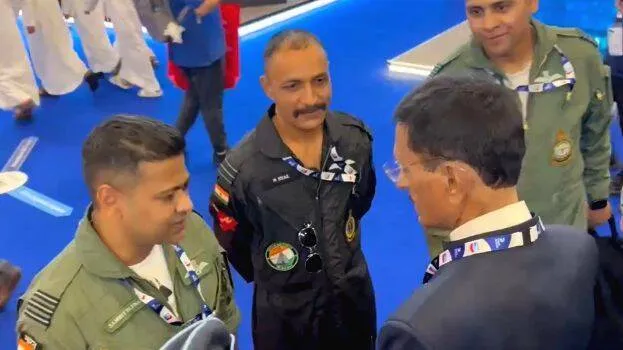

NEW DELHI: Defence experts believe that the effect of negative gravitational force may have caused the crash involving India's Tejas fighter aircraft during the Dubai Airshow. G-force is the unit used to measure acceleration related to gravity.
Squadron Leader Namansh Syal took the aircraft sharply upward at high speed and then performed two rolls while diving downward. During the third attempt, the aircraft lost control, crashed to the ground, and burst into flames, leading to Syal’s death.
During aerobatic manoeuvres, fighter pilots experience strong positive and negative G-forces. When the aircraft climbs sharply, positive G-force pushes the pilot firmly into the seat, causing blood to flow away from the brain toward the legs. When the aircraft dives downward, the pilot experiences negative G-force, which is opposite to gravity. At this point, the pilot may feel as if they are lifting off the seat, and blood rushes toward the head. If this continues for too long, the pilot’s vision may dim, and it can even lead to loss of consciousness.
Steeper third dive
Defence expert and retired Captain Anil Gaur said Syal may have attempted to dive much lower during the third roll. He may have lost control or briefly lost consciousness. This can be confirmed after analysing the black box data. The Air Force has ordered a Court of Inquiry. They will also examine whether the pilot avoided ejecting at the last moment to prevent the aircraft from falling into the crowd watching the show.
Final smile
A video released yesterday showed Namansh Syal speaking with Minister of State for Defence Sanjay Seth and India’s UAE Ambassador Deepak Mittal shortly before the airshow began. The footage, showing him smiling and confident, has gone viral on social media. More videos of the crash also surfaced.